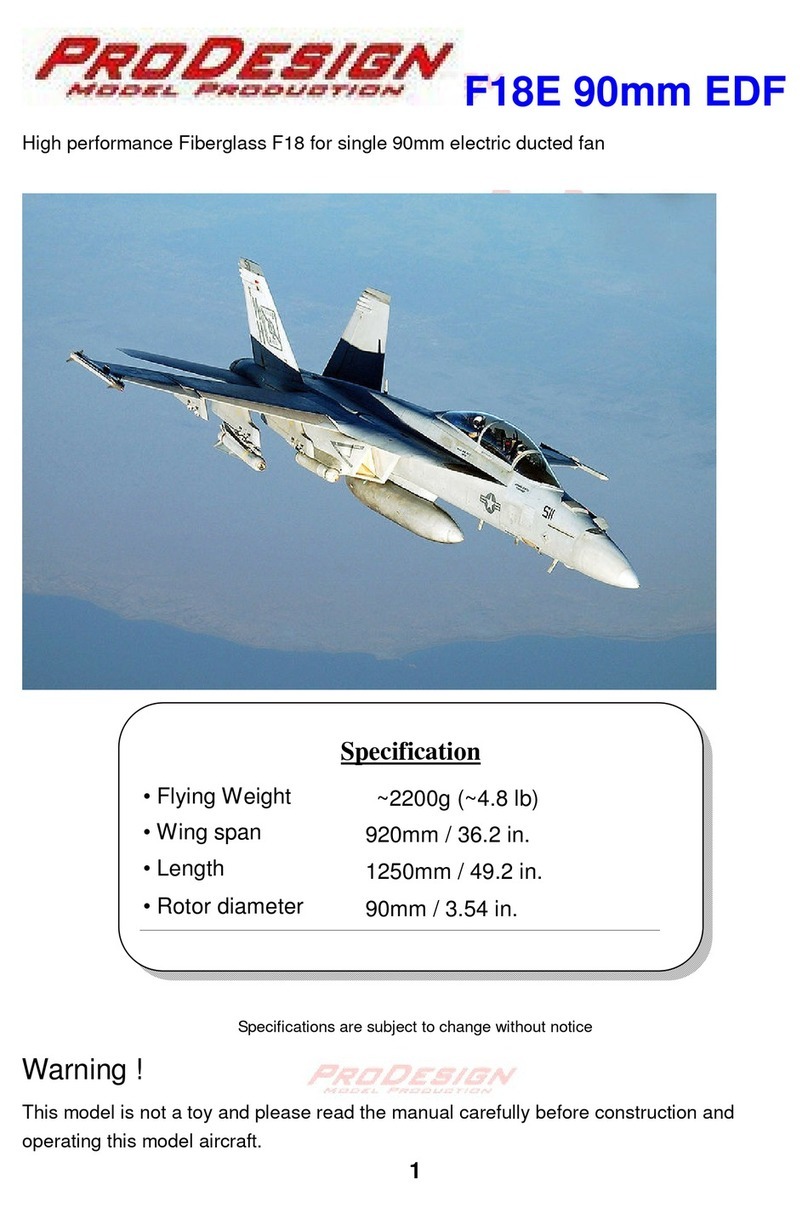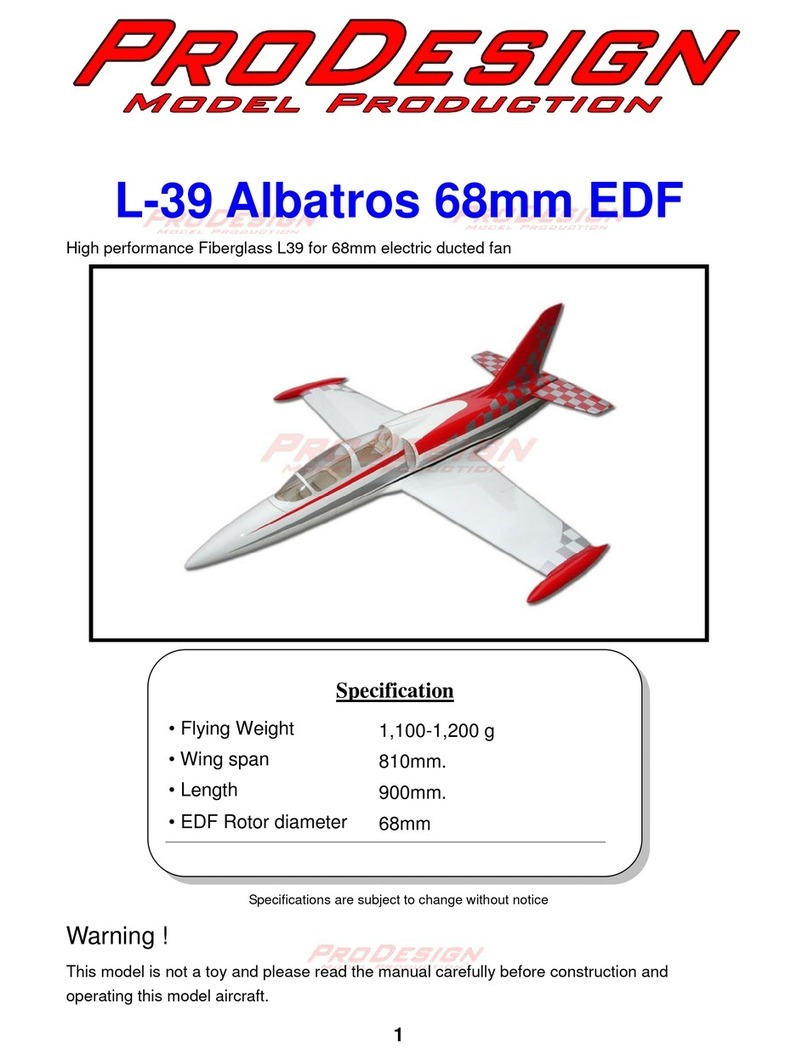PRO-DESIGN Twin User manual













This manual suits for next models
1
Table of contents
Other PRO-DESIGN Toy manuals
Popular Toy manuals by other brands

Spinmaster
Spinmaster BOOM BOOM BALLOON instructions

FREE AIR
FREE AIR Mig-29 Fulcrum Assembly instructions

De Agostini
De Agostini Millennium Falcon 3 Series Assembly instructions

Sebart
Sebart KatanaS 30E Assembly manual
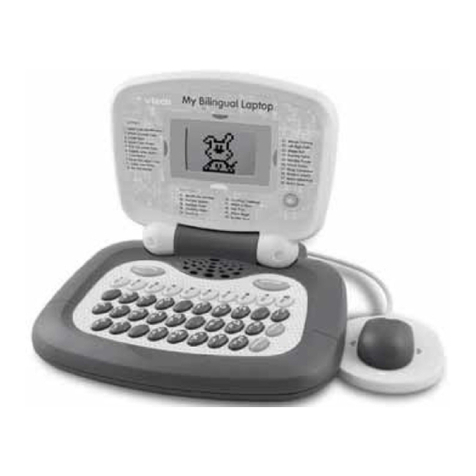
V-tech
V-tech 80-067848 user manual
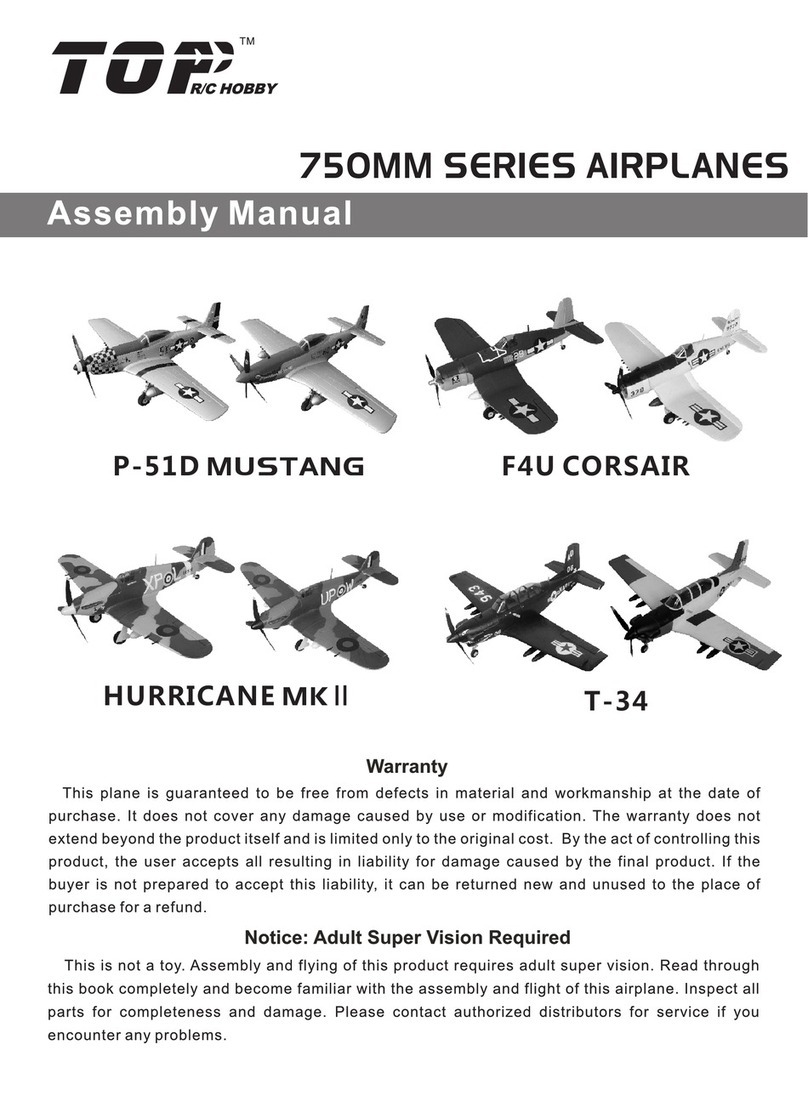
Top R/C Hobby
Top R/C Hobby F4U Corsair Assembly manual
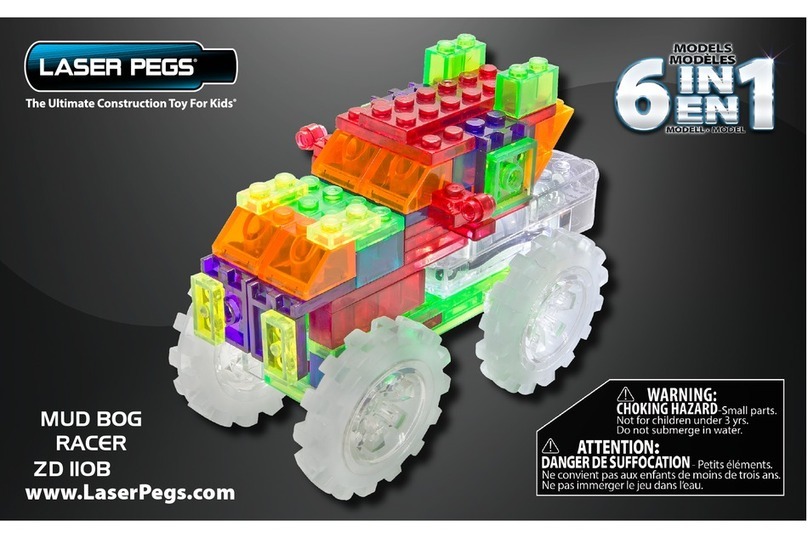
LaserPegs
LaserPegs MUD BOG RACER ZD 110B instruction manual
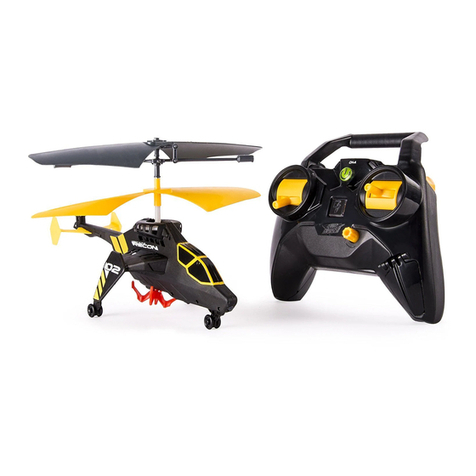
Spinmaster
Spinmaster AIR HOGS MISSION APLHA Instruction guide

KNEX
KNEX Power Tower Crane 63149 Instruction book
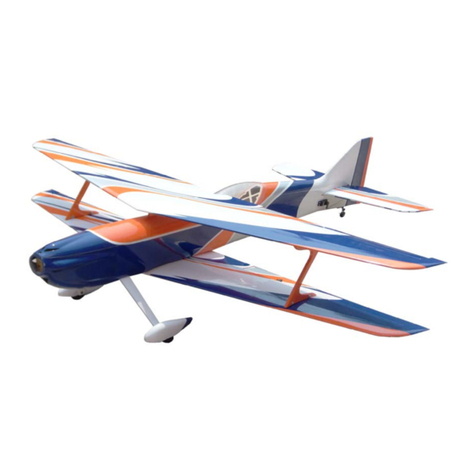
Hobby King
Hobby King Mellizo-50e manual
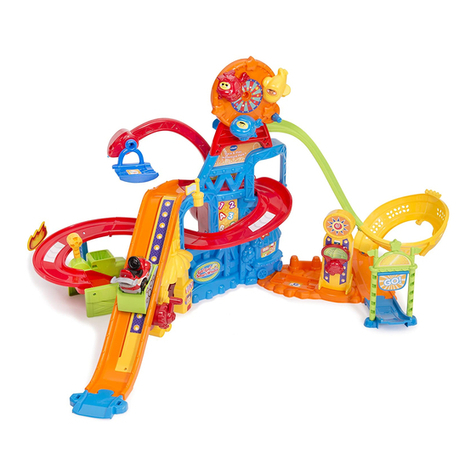
V-tech
V-tech Go!Go! Smart Wheels Park & Learn Deluxe... user manual
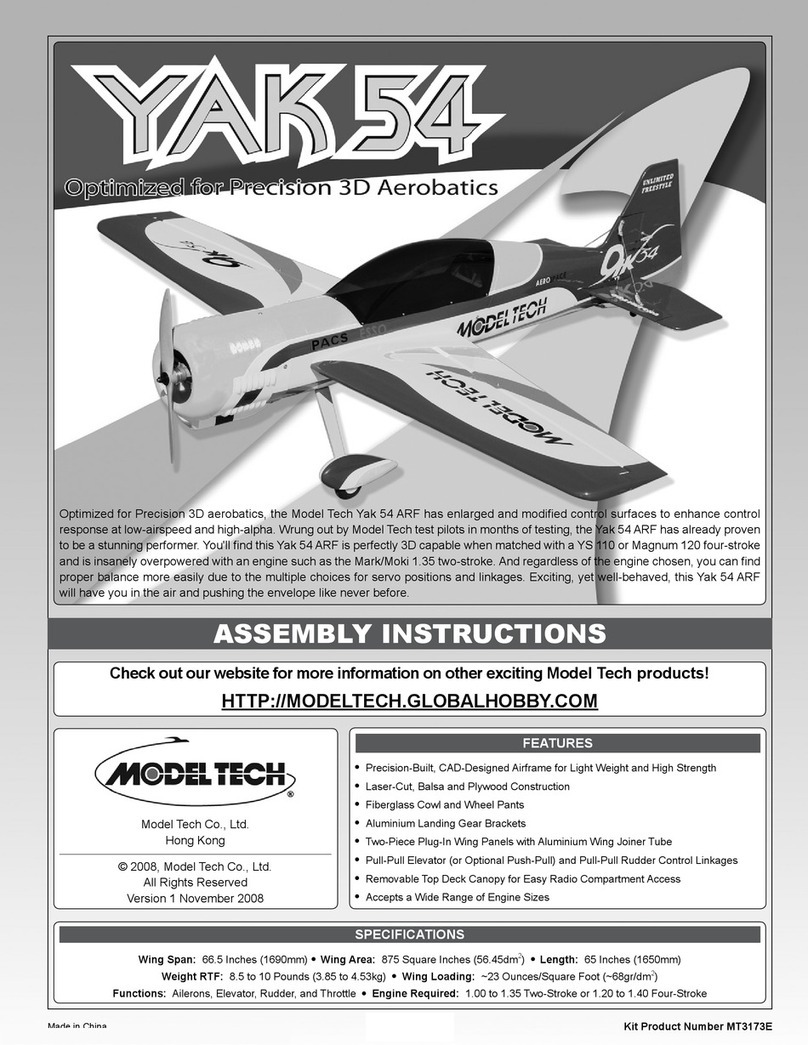
Modeltech
Modeltech Yak 54 Assembly instructions

V-tech
V-tech Grip & Go Steering Wheel Parents' guide
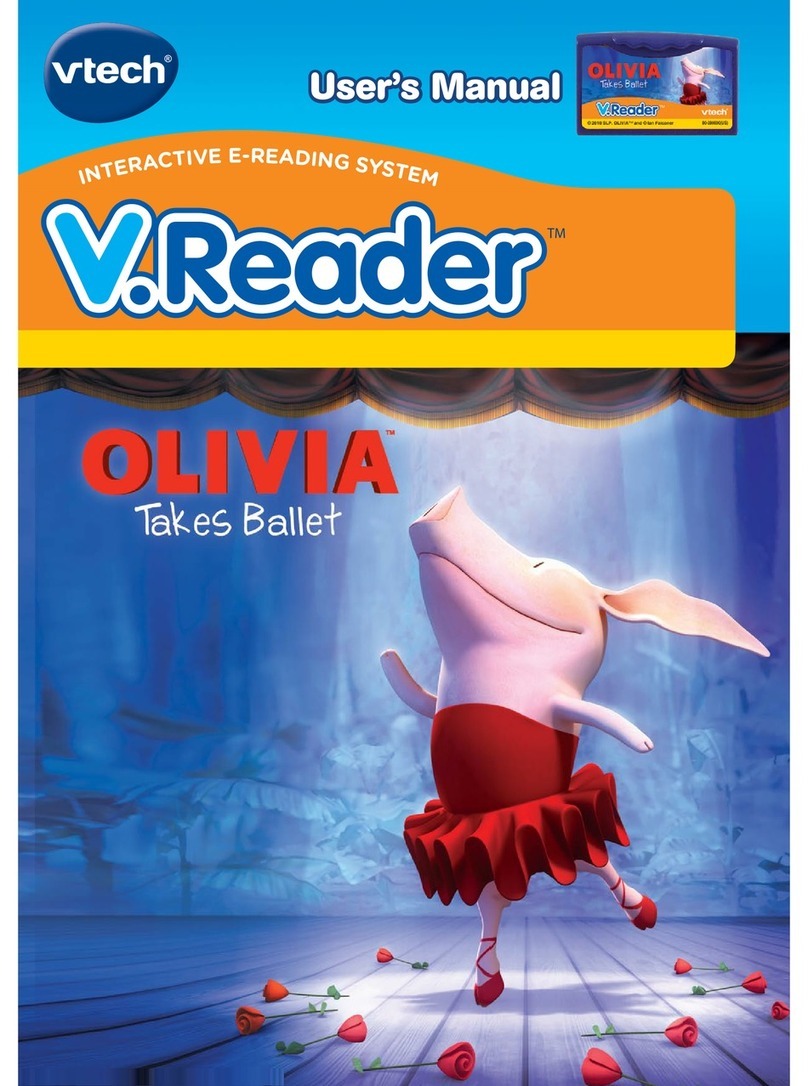
V-tech
V-tech V.Reader user manual
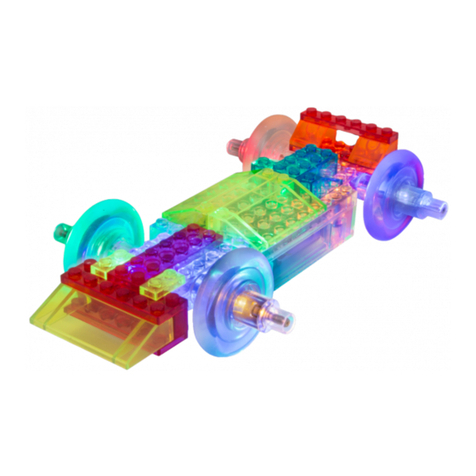
LaserPegs
LaserPegs Speed record PB216OB Assembly instruction
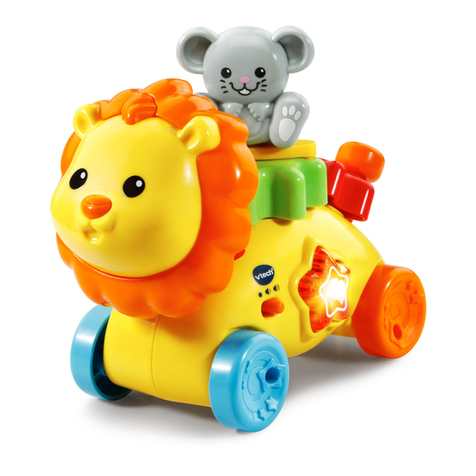
V-tech
V-tech GearBuddies Lion & Mouse Parents' guide
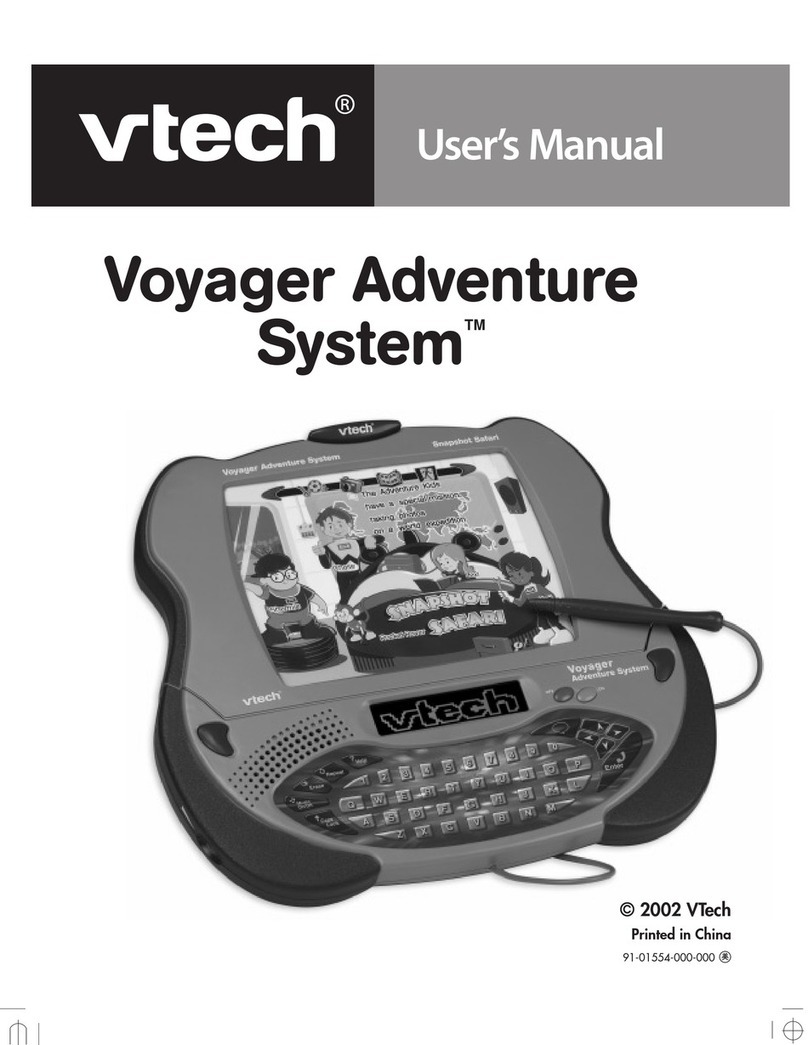
V-tech
V-tech Voyager Adventure System user manual

V-tech
V-tech V.Smile Baby: Learn & Discover Home user manual
